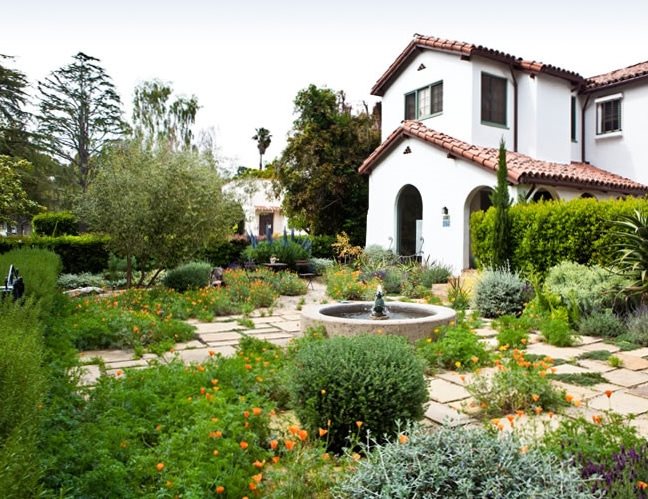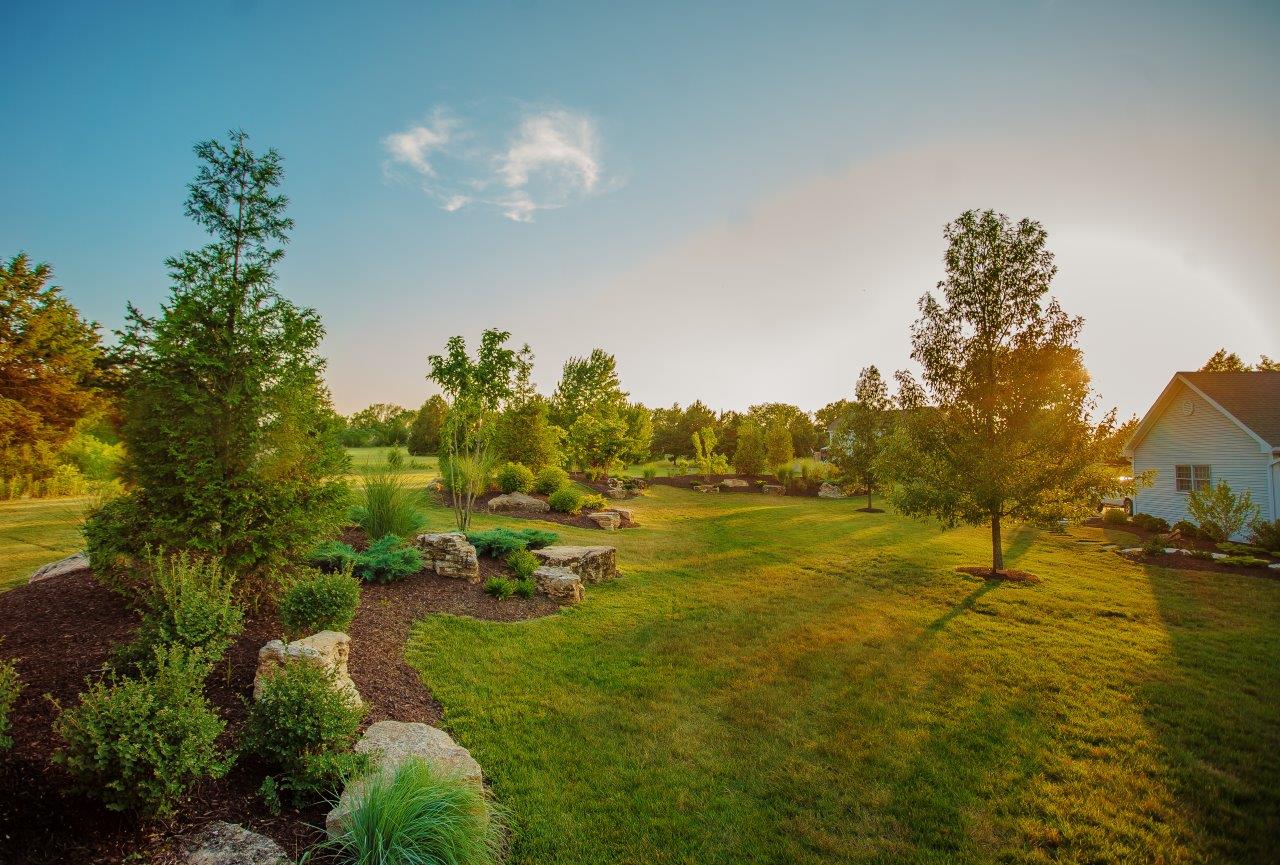Rumored Buzz on Hilton Head Landscapes
Table of ContentsSome Known Questions About Hilton Head Landscapes.The Definitive Guide to Hilton Head LandscapesThe 9-Minute Rule for Hilton Head LandscapesHilton Head Landscapes - QuestionsSome Known Details About Hilton Head Landscapes Little Known Questions About Hilton Head Landscapes.Hilton Head Landscapes Things To Know Before You Buy
Line creates all forms and patterns and can be made use of in a selection of methods the landscape. Line in the landscape is created by the side between 2 products, the summary or silhouette of a form, or a lengthy direct attribute. Lines are a powerful tool for the developer since they can be used to develop an unlimited range of forms and forms, and they manage movement of the eye and the body.

Lines can have one or even more attributes, such as those defined below, yet they usually serve various purposes. Figure 1. Lines in the landscape - landscapers in bluffton sc. The residential properties of lines establish exactly how people react to the landscape, both mentally and literally. Straight lines are architectural and forceful; they produce an official character, are generally associated with an in proportion style, and lead the eye directly to a focal point.
5 Simple Techniques For Hilton Head Landscapes
Straight lines are most often located in hardscape sides and material. Bent lines create an informal, all-natural, unwinded personality that is linked a lot more with nature and unbalanced balance. Curved lines move the eye at a slower speed and include secret to the room by developing covert sights. Upright lines relocate the eye up, making a space really feel bigger.
Vertical lines in the landscape include high, narrow plant product, such as trees, or high frameworks, such as an arbor or a bird home on a pole. Straight lines relocate the eye along the ground plane and can make a space really feel bigger. Low lines are more subdued and create a sensation of remainder or repose.
Some Known Facts About Hilton Head Landscapes.
Low lines are created by reduced garden walls, walkways, and brief hedges. Lines are utilized to draw types on a plan. In plan sight, they define plant beds and hardscape areas. Lines are additionally created by the vertical forms of constructed features and plant product. There are 3 main line kinds that create type in the landscape: bedlines, hardscape lines, and plant lines.
Bedlines attach plant product to your house and hardscape because the eye follows the line, moving the stare with the landscape. Hardscape lines are produced by the side of the hardscape, which delineates the developed framework. Line can also be produced by lengthy and narrow materials, such as a fence or wall surface.
Some Known Details About Hilton Head Landscapes
Form is discovered in both hardscape and plants, and it is usually the dominant aesthetic aspect that spatially organizes the landscape and typically establishes the design of the yard. The type of frameworks, plant beds, and garden accessories also identifies the total form style of the yard. Official, geometric kinds include circles, squares, and polygons.
Plants create form in the yard through their outlines or silhouettes, however type can also be defined by a void or adverse space between plants - landscape design hilton head (https://peatix.com/user/22927863/view). Circles can be cycles, or they can be separated right into fifty percent circles or circle sections and combined with lines to develop arcs and tangents
5 Easy Facts About Hilton Head Landscapes Shown
Circles can likewise be extended into ovals and ellipses for more range and rate of interest. Circles are a strong layout type since the eye is constantly attracted to the facility, which can be used to stress a centerpiece or link various other kinds. Number 2. Circular kinds in hardscape and yard panels.
The square form can additionally be fractional and used repetitively to create a grid pattern. Unlike circles, squares are more powerful on the brink, which can be aligned or overlapped to create special patterns and even more intricate kinds. Polygons are many-sided types with straight edges. Triangulars, as an example, are three-sided polygons.
Twisting lines commonly mimic the all-natural program of rivers or streams and can be referred to as smooth lines with deeply bent undulations. Meandering lines (Figure 3) function well for pathways, plant bedlines, and dry stream beds. Twisting lines can include interest and secret to a garden by leading audiences around corners to discover new views and rooms.
Hilton Head Landscapes for Dummies

Figure 5. Fragmented edges: tipping rocks in pathway. Type is one of Going Here the most long-lasting high quality of a plant (Landscapers near me). https://www.4shared.com/u/jPjMNmnZ/stevenagonzales.html. Usual plant types are well developed and standardized, as type is one of the most constant and recognizable attribute of plants. Type can also be developed through the massing of plants, where the total mass produces a different form than an individual plant.
A highly different type has to be made use of with careone or 2 work well as a centerpiece, but also several wreak havoc. All-natural plant types, instead than over-trimmed kinds, need to establish the bulk of the composition. The relevance of general kind is basically depending on the checking out perspectivethe kind of a tree can appear quite different to an individual standing under the canopy versus viewing the tree from a distance in an open field.
Little Known Facts About Hilton Head Landscapes.
Plant kinds additionally produce and specify the space or open rooms between the plants, producing either convex or scooped kinds in the gaps. High-arching tree branches normally produce a concave open space under the branches, and a rounded canopy with reduced branches loads the area to create a convex type outdoors room under the tree.
